Eva and Franco’s story, by their mother
“We keep fighting for them and enjoying our time together“
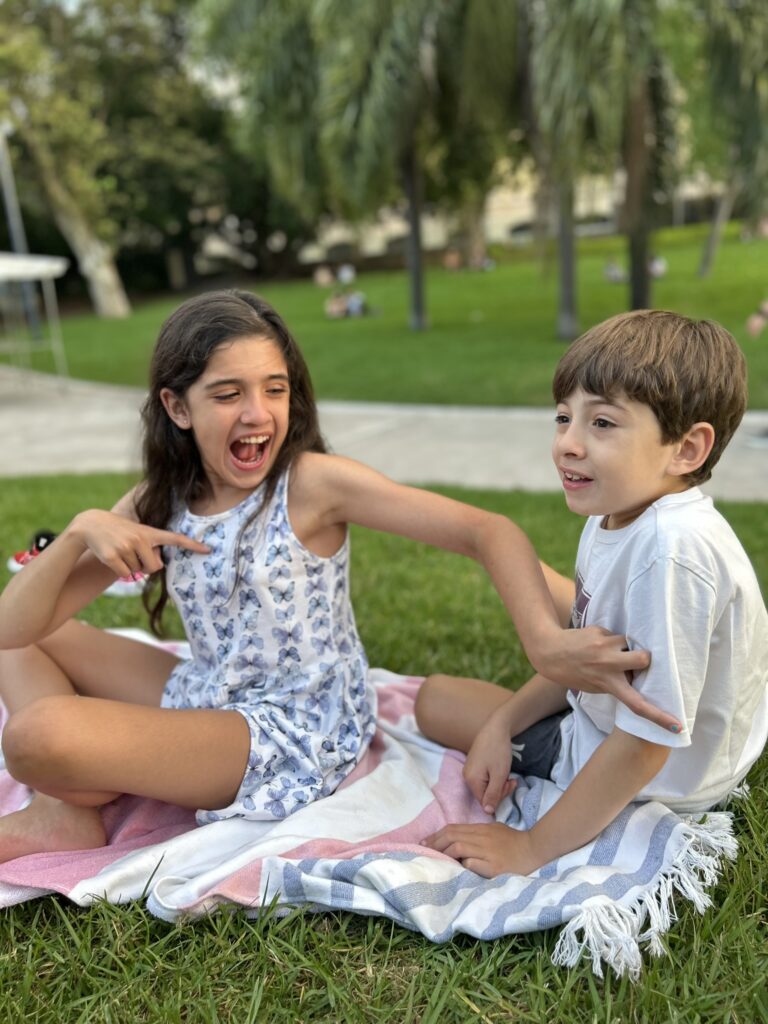
How did you feel when your children received a diagnosis of GM1?
It took us five years to get Eva’s diagnosis. The first symptom we noticed was a motor difficulty at age four. Then stuttering, and later, when she started school, learning difficulties arose. Even though we were told about developmental delays and that children progress at their own pace and never lose abilities, this was simply not the case for our daughter.
After a long journey of medical consultations, evaluations, and therapies, three years ago—on May 2, 2022—we were informed that Eva had a beta-galactosidase deficiency and that there was a strong possibility that she and her brother suffered from a disease with no cure or treatment, with a limited life expectancy.
That day was the worst of my life. Remembering and sharing what we have to go through is always difficult. A month later, we confirmed that Eva and Franco have juvenile GM1. And despite being devastated, we never gave up. We quickly contacted doctors both in Argentina and in the United States, who guided us and allowed us to start gene therapy for Franco and begin drug treatment with Eva towards the end of that same year.
The pandemic lockdown stopped us from continuing medical consultations for a year, and it kept us from noticing that Franco had started developing symptoms too—first stuttering, then motor skills issues. These realizations were the second worst day after the diagnosis.
How has GM1 gangliosidosis affected your children?
Today, when people ask me, “How are the kids?” My answer is “good,” because that’s how I feel. They are happy, go to school, and enjoy lots of activities. Having a diagnosis allowed us to understand their limitations and needs. It helps us understand why small actions, like stepping down a stair alone, something they could perhaps do yesterday, can be impossible today—though maybe tomorrow they’ll try again.
But nothing is ever guaranteed with Eva and Franco. We’re always attentive to how they eat, chew, swallow, sleep, speak, and move. It is truly exhausting. We fight so that the loss of abilities is minimal, but GM1 always has the upper hand. We see how the disease takes away chances for them to socialize with peers, how difficulty with speaking distances them, frustrates them, and makes them angry.
My phone reminds me of moments in the past and then I realize how the disease gradually takes away so many abilities. It’s like slow torture, without apparent pain but with deep hurt, always present, ready to surface unexpectedly
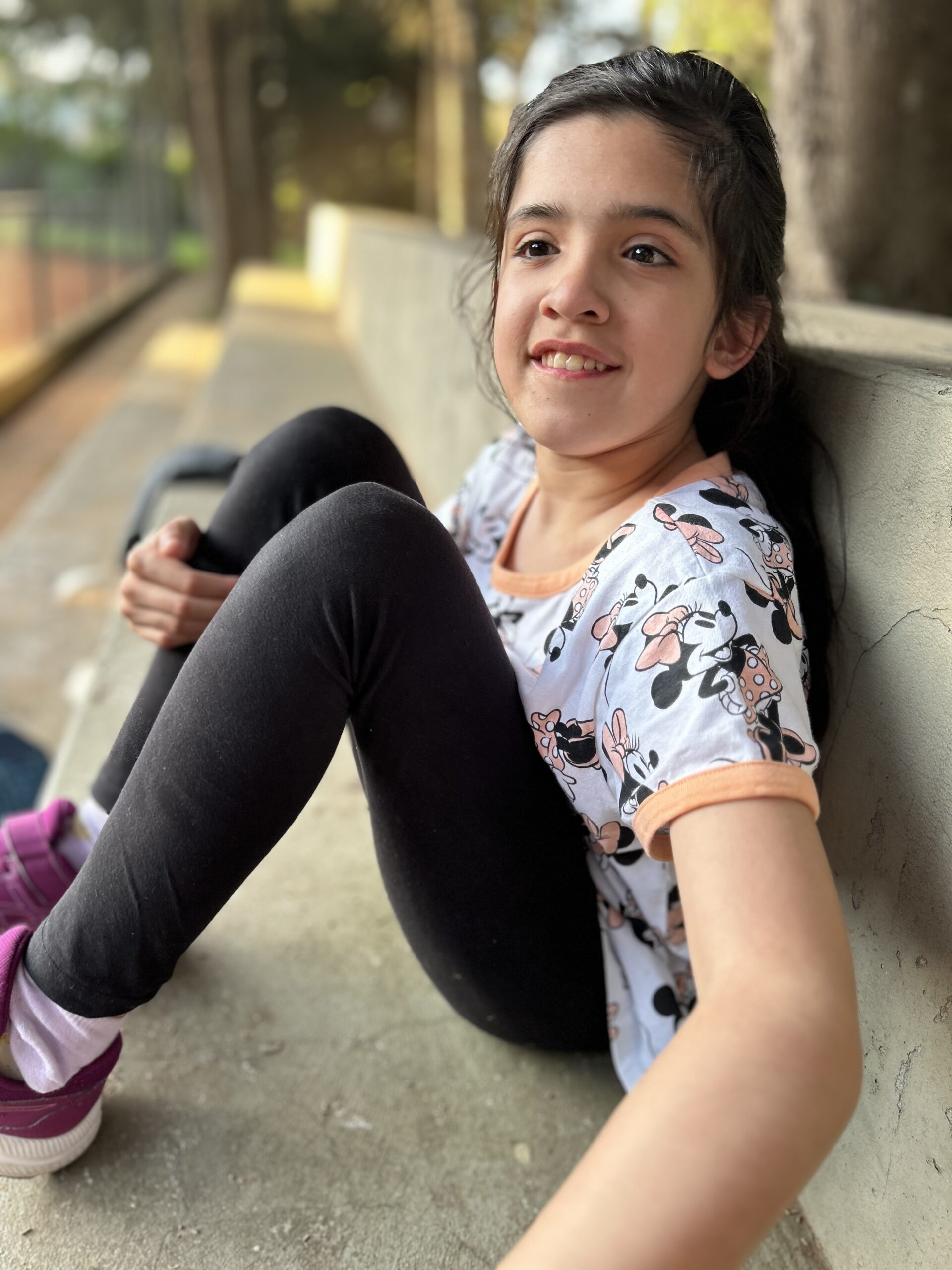
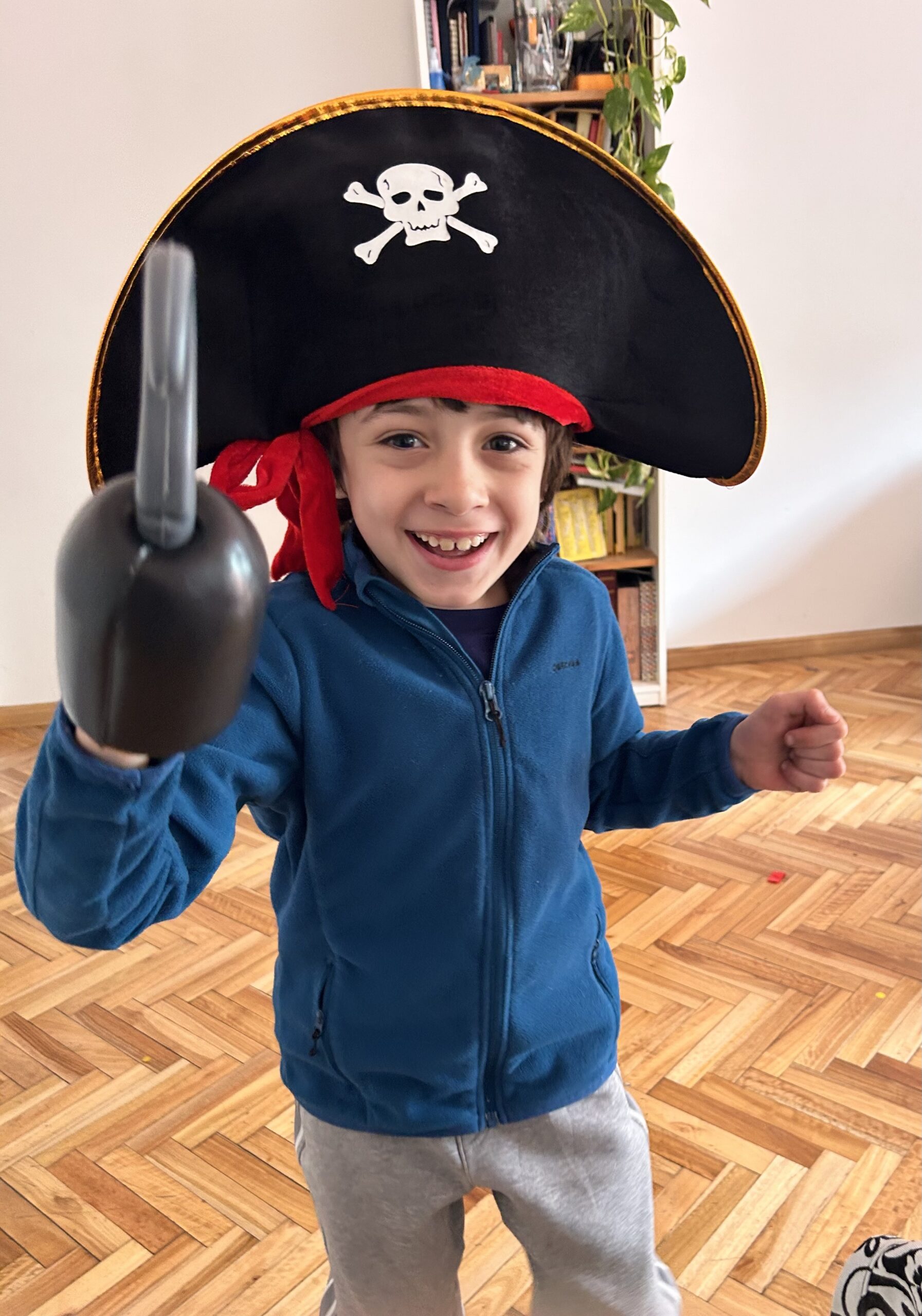
How does GM1 impact your family?
It takes a lot of work to provide Eva and Franco what they need. Every month, we do more than a dozen administrative processes to authorize therapies and secure medication and supplies for Eva’s ketogenic diet.
Alongside school, Eva has six therapeutic and two recreational activities; Franco has eight therapeutic and one recreational activity. More than twenty professionals—not counting doctors—work with them, set goals, and carry out evaluations. The responsibility to ensure continuity and alignment falls on us, the parents. It’s a huge burden, like running a small business.
We also try to enjoy our time together as a family and with friends. Despite difficulties, we plan to travel and have new experiences, discovering new places. Every year we go to the beach in summer and ski in winter. We share our interests—surfing, skiing, enjoying Harry Potter.
What is the hardest part of being a GM1 caregiver?
The hardest part is living with the constant uncertainty and the disease always having the advantage. We’re always alert—monitoring their eating, sleeping, talking, and movements. The disease isolates them, especially when they have difficulty speaking or controlling movement, and this separation and frustration hurts them and us deeply.
Franco has always been the sunshine of our lives. I remember in his two-year-old classroom, a teacher quietly told me, “Your son is a ten. I tested him and he does everything perfectly.” Those beautiful memories also hurt. The happy moments we share with our children are often bittersweet and always difficult. Even so, we keep fighting for them and enjoying our time together.
What do you wish people understood more about rare diseases?
At least in our country, there is a lot of lack of awareness about rare diseases. Not only among the general population, but also among doctors and therapists. We hope that diagnoses can arrive faster—even before birth.
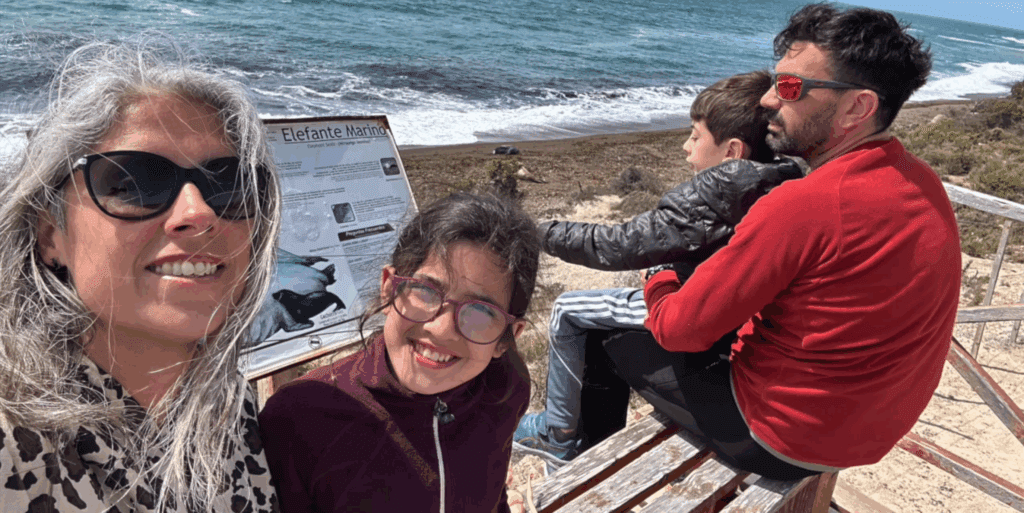
If we could tell people just one thing about GM1 gangliosidosis, what would it be?
GM1 is an ongoing struggle. Even after diagnosis, nothing is certain, and living with this disease means constantly adjusting—day to day, trying to preserve what can be preserved, and seeking hope in research and treatments.
Why should people support the Cure GM1 Foundation and rare diseases?
We keep hoping for research advances, for there to be a treatment for Eva, Franco, and everyone affected. We hope to see therapies move forward and be made accessible, and that research for rare diseases gets the support it deserves
Your support can help families like ours find hope and advance research toward a cure for GM1 gangliosidosis. To learn more about how you can help, please visit the Take Action page or Donate here.
